
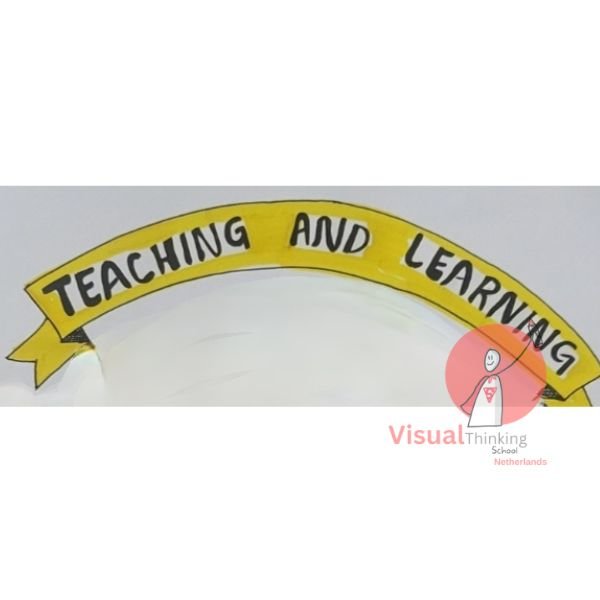
Teaching and learning are the heart and soul of education. As educators, it’s our mission to not only impart knowledge but also to inspire and facilitate the learning journey of our students. This blog delves into the vital questions that revolve around teaching and learning, emphasizing their significance in the realm of education.
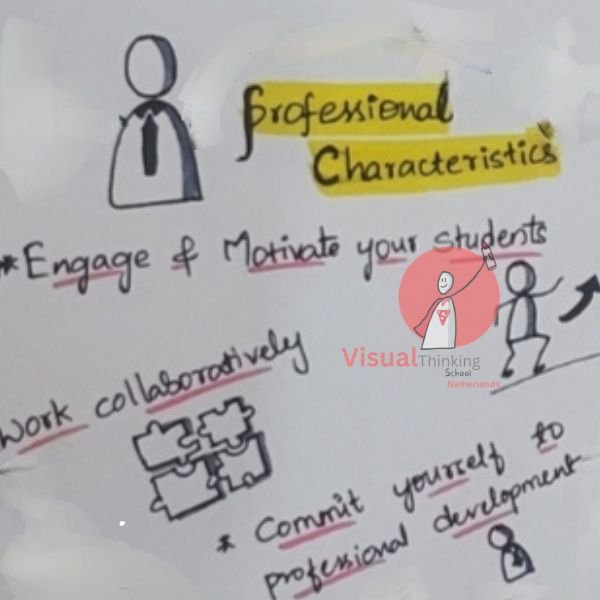
To excel in the world of teaching and learning, certain professional characteristics are indispensable. These characteristics set the stage for a successful educational experience. So, let’s begin by asking ourselves, how can we engage and motivate our students? Engagement and motivation are the keys to unlocking the full potential of our students. By creating a stimulating and dynamic learning environment, we can capture their interest and enthusiasm. Ask yourself if your teaching methods and materials are designed to ignite curiosity and encourage active participation.
Furthermore, the world of education thrives when we work collectively. Teaching and learning are collaborative processes. Are you collaborating effectively with your colleagues, sharing ideas, and brainstorming innovative approaches? The power of teamwork in education cannot be underestimated. By pooling our expertise, we can create a richer, more diverse learning experience for our students.
Additionally, as educators, it’s essential to commit ourselves to continuous professional development. Are you actively seeking opportunities to enhance your knowledge and skills? Professional growth ensures that our teaching remains relevant and up-to-date, benefiting both us and our students.
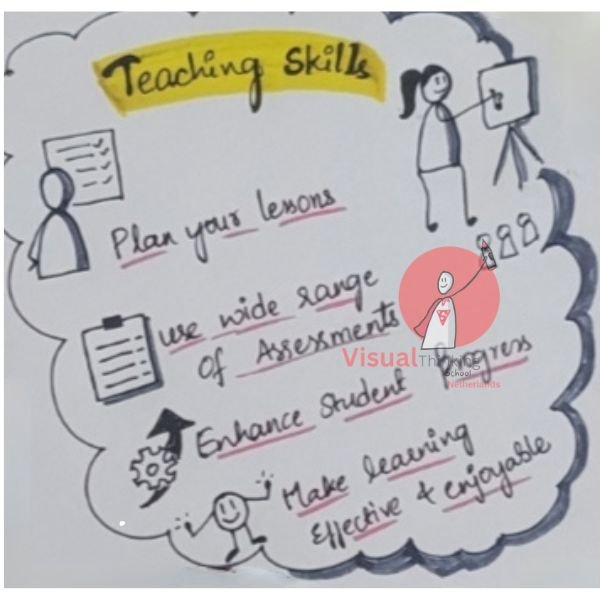
Teaching skills are the tools we use to shape the learning experience for our students. These skills are honed over time and refined through practice. One critical question to ask is, “How well do I plan my lessons?”Lesson planning is the backbone of effective teaching. It involves organizing content, setting clear objectives, and selecting appropriate teaching methods.
Thoughtful lesson planning can make complex subjects accessible and ensure that learning objectives are met.Moreover, the use of a wide range of assessments is essential in teaching and learning. Are you employing diverse assessment methods to gauge student understanding?
Assessment isn’t just about evaluating; it’s also a tool for providing feedback and guiding instructional decisions.Enhancing the student program is another aspect to consider. Are you tailoring your teaching approach to meet the diverse needs and learning styles of your students? Adapting your methods to address individual differences ensures that every student has an opportunity to excel. Ultimately, the goal is to make learning effective and enjoyable. Ask yourself if your teaching methods are not only imparting knowledge but also fostering a love for learning. Engaged and enthusiastic learners are more likely to absorb information and apply it in meaningful ways.
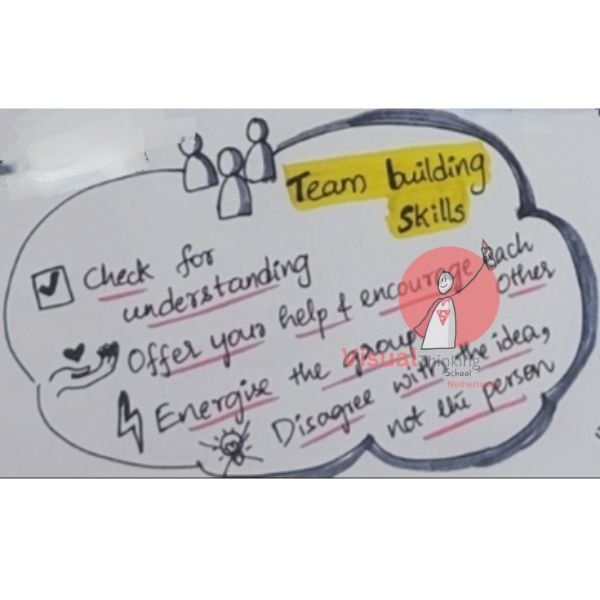
Teaching and learning often occur within a collaborative setting. Students learn from each other, and educators work together to provide the best possible education. To foster this collaborative spirit, we should consider the following questions.First, check for understanding regularly. Are you ensuring that your students comprehend the material?
Encourage questions and provide opportunities for clarification. A classroom that values understanding is a fertile ground for learning.Offering your help and encouraging each other is essential in creating a supportive learning environment. Students should feel comfortable seeking assistance when needed, and educators should be open to offering guidance. Mutual support enhances the learning journey for everyone involved.Energizing the group is another vital aspect of teaching and learning. Are you creating a classroom atmosphere that is dynamic and invigorating? Engaging discussions, interactive activities, and a positive atmosphere can energize students and make learning an enjoyable experience.
Lastly, when disagreements arise, it’s crucial to remember that it’s okay to disagree with the idea, not with the person. Disagreements can be opportunities for growth and learning. Encourage healthy debates and discussions in the classroom, where diverse perspectives are valued and respected.
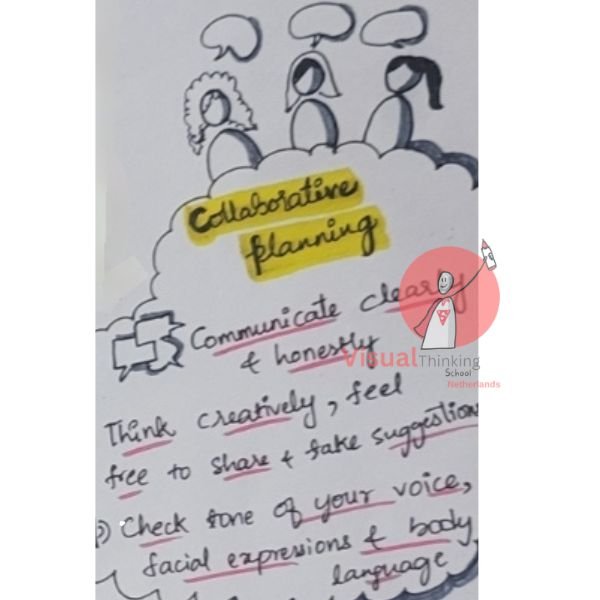
Collaborative planning is the glue that holds effective teaching and learning together. It’s about working together to design meaningful learning experiences. Here are some questions to consider:
First and foremost, communicate clearly and honestly with your colleagues. Effective communication is the foundation of successful collaborative planning. Ensure that everyone is on the same page regarding objectives, timelines, and responsibilities.Think creatively and feel free to share ideas. Collaborative planning should be a space where innovation is welcomed. Are you open to exploring new teaching methods, technologies, or approaches to engage your students?Remember to check the tone of your voice, facial expressions, and body language during collaborative planning sessions. Non-verbal communication can significantly impact the effectiveness of the planning process. Maintain a positive and open demeanor to foster a harmonious working environment.
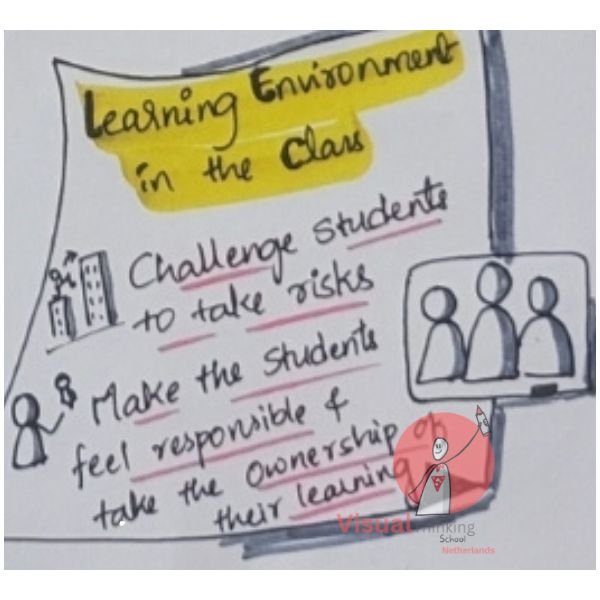
The physical and emotional learning environment in the classroom plays a pivotal role in teaching and learning. Here’s a question to reflect upon: How can we challenge students to take risks in their learning journey?A healthy learning environment encourages students to step out of their comfort zones and explore new ideas and concepts. It promotes a growth mindset, where mistakes are seen as opportunities for learning and growth.
Additionally, making students feel responsible and taking ownership of their learning is essential. Are you providing opportunities for students to set goals, make choices, and assess their progress? Empowering students to take charge of their education instills a sense of autonomy and accountability.
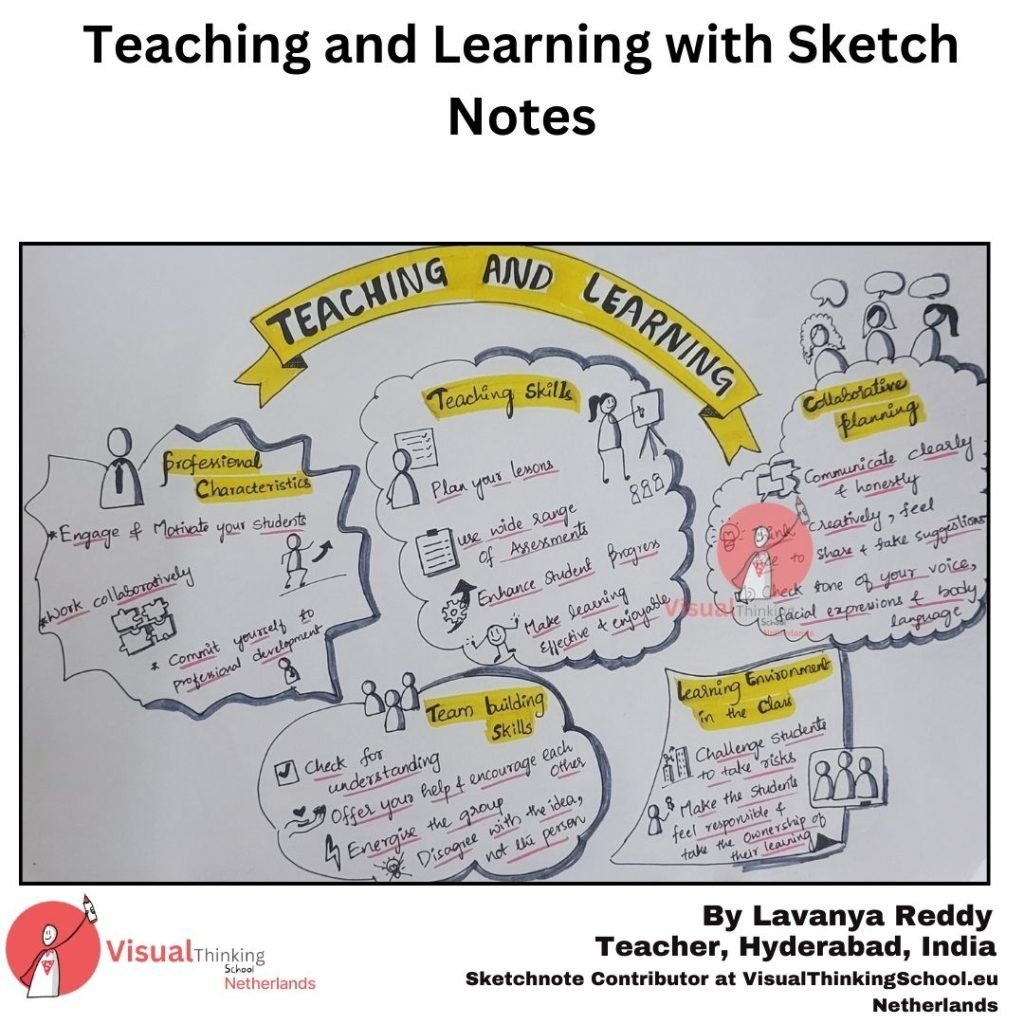
In conclusion, teaching and learning are intertwined, dynamic processes that require constant reflection and improvement. By asking these vital questions related to professional characteristics, teaching skills, team building skills, collaborative planning, and the learning environment, educators can continuously enhance their practice. Teaching and learning should be a journey of growth and discovery, both for the educator and the student. It’s through these questions and their thoughtful answers that we can foster an educational experience that truly empowers and enriches lives.
We conduct online and in-person certification trainings on our Trade Marked Training on Business Sketchnotes ™.
We have an open challenge in our trainings : If you can not draw after our 9 hours of trainings, we will close our trainings FOR EVER !! ..and we are still waiting for that one person even after training more than 38000 professionals.
You can also join our whatsapp community to learn from those who have attended our trainings

We trained more than 38000 professional and gave corporate trainings in more than 65+ top notch companies

Check Our Trainings

Maths educator by profession and sketchnoter by passion. She loves teaching maths using sketchnotes. She is also an acredited school sketchnote trainer with Visual Thinking School, Netherlands.
More of her sketchnotes can be checked on her Instagram: @Lavanya_anugula